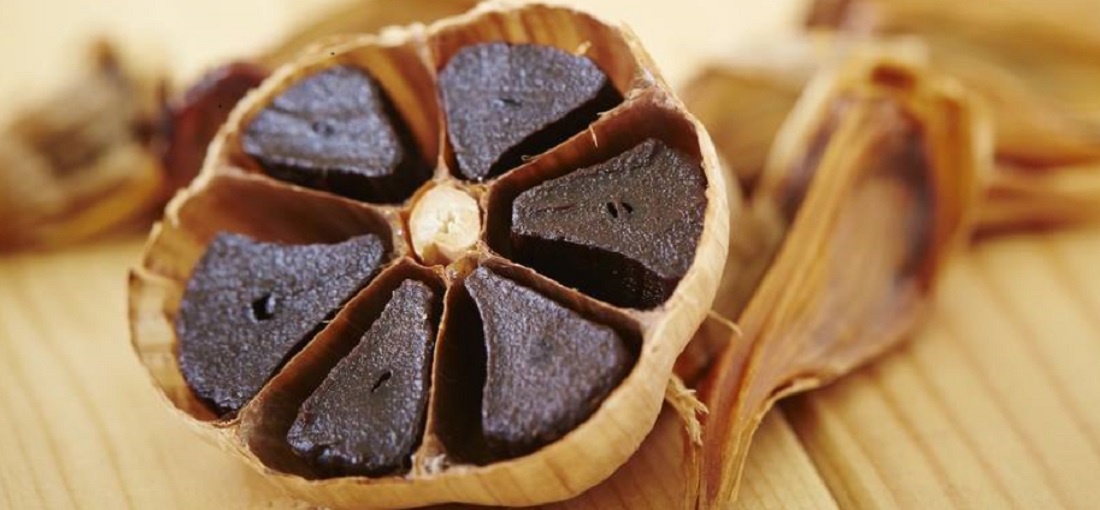From its sweet, tangy flavor to its soft, jammy texture, black garlic has caught the attention of foodies and chefs alike. Yet the journey to create those dark, flavorful cloves goes beyond just taste—it involves a commitment to farming practices, resource management, and community partnerships that help ensure our black garlic production is as kind to the planet as it is delicious. Below, we’ll pull back the curtain on how we prioritize sustainability in our black garlic production, and why it matters for you, the environment, and the future of food.
1. Sourcing Responsibly
Hand-Selected Bulbs
The foundation of excellent black garlic begins with the right raw garlic. We source our bulbs from local and regional farms known for:
-
Soil Health: Farms that invest in nutrient-rich, well-maintained soil often produce garlic with higher flavor and better overall quality.
-
Reduced Chemical Use: Many of our partner farms minimize pesticides or embrace organic methods, thus lowering chemical runoff.
-
Fair Labor: We believe in supporting growers who treat their workers ethically and pay fair wages.
By working with farms that share our values, we help build a supply chain rooted in respect for both people and the planet.
2. Energy-Efficient Aging Process
Low and Slow—But Mindful
Black garlic demands weeks of low-heat, high-humidity conditions. While some might assume that spells high energy consumption, we take steps to ensure our process is as efficient as possible:
-
Modern Fermenters: Our equipment is designed with precision temperature control and high-grade insulation, preserving heat and reducing wasteful energy leakage.
-
Renewable Energy Sources: Whenever feasible, we tap into solar or other renewable energy options to power our operations.
-
Timed Cycles: Monitoring the garlic regularly allows us to fine-tune aging schedules, preventing over-processing and unnecessary resource use.
Green Bonus: Cutting back on energy use not only lowers costs but also shrinks our carbon footprint—a win for both our business and the environment.
3. Minimizing Waste at Every Step
Upcycling and Composting
Inevitably, some bulbs won’t make the cut for black garlic—maybe they’re too small or slightly bruised. Instead of tossing them:
-
Compost Program: Substandard bulbs often end up in compost, eventually returning nutrients back to the soil.
-
Secondary Products: We sometimes repurpose borderline bulbs for garlic powder or other by-products—reducing overall waste and helping local producers.
Reusable and Recyclable Packaging
-
Glass Jars: Many of our black garlic products come in glass containers that customers can reuse.
-
Minimal Plastic: Where possible, we replace single-use plastic with biodegradable or easily recyclable materials.
By rethinking packaging, we keep a significant amount of plastic out of landfills.
4. Supporting Local Communities
Rural Development
Our partnerships with nearby garlic farmers help sustain local agriculture:
-
Stable Demand: By consistently buying their crops each season, we give farmers a reliable income source.
-
Shared Knowledge: We share best practices on soil fertility, pest control, and organic methods, encouraging more eco-friendly farming across the region.
Food Access Initiatives
Many small-scale producers, including ourselves, are part of farmers’ markets and food co-ops. This fosters direct relationships with customers—meaning less transportation, fewer middlemen, and fresher product, all while supporting local economies.
5. Research and Innovation
Continuous Improvement
Sustainability isn’t a static goal—it’s an ongoing effort:
-
Testing New Varieties: Our team experiments with different garlic cultivars that require fewer inputs or adapt better to changing climates.
-
Energy Audits: We routinely review our fermenting practices, seeking ways to trim energy use or adopt more renewables.
-
Collaborations: Partnerships with universities and agricultural research centers help us refine production techniques while staying eco-forward.
Outcome: Each season, we aim to lower our environmental impact without compromising on quality.
6. Why It Matters
Aligning with Your Values
Consumers today aren’t just after good taste—they want products that align with their ethical and environmental ideals. By choosing black garlic from producers who prioritize sustainability, you:
-
Support Responsible Farming: Encouraging better land stewardship and fair labor practices.
-
Minimize Carbon Footprints: Opting for products that use energy-efficient processes and local sourcing.
-
Invest in Future Food Security: Sustainable methods help protect soil health and biodiversity, ensuring agriculture thrives for generations.
Taste the Difference
In many ways, sustainable practices also enhance flavor—garlic grown in healthier soil often has a richer, more complex taste. And with fewer pesticides and artificial chemicals, you’re getting a product that’s closer to nature’s original design.
Final Thoughts
At its core, black garlic is about transformation: turning raw bulbs into dark, sticky cloves bursting with sweet and savory notes. But behind that culinary magic lies a tapestry of sustainable choices—from the farms where garlic is cultivated to the energy-conscious fermenters that age it, to the minimal-waste packaging that delivers it to your kitchen.
When you choose black garlic from a producer who champions ethical sourcing, energy efficiency, and community support, you’re not just savoring an incredible flavor—you’re also taking a stand for an eco-friendly, equitable food system. In a world that increasingly values both taste and transparency, it’s a small step that can have a truly meaningful impact.

Comments (0)
No comments yet. Be the first to comment!